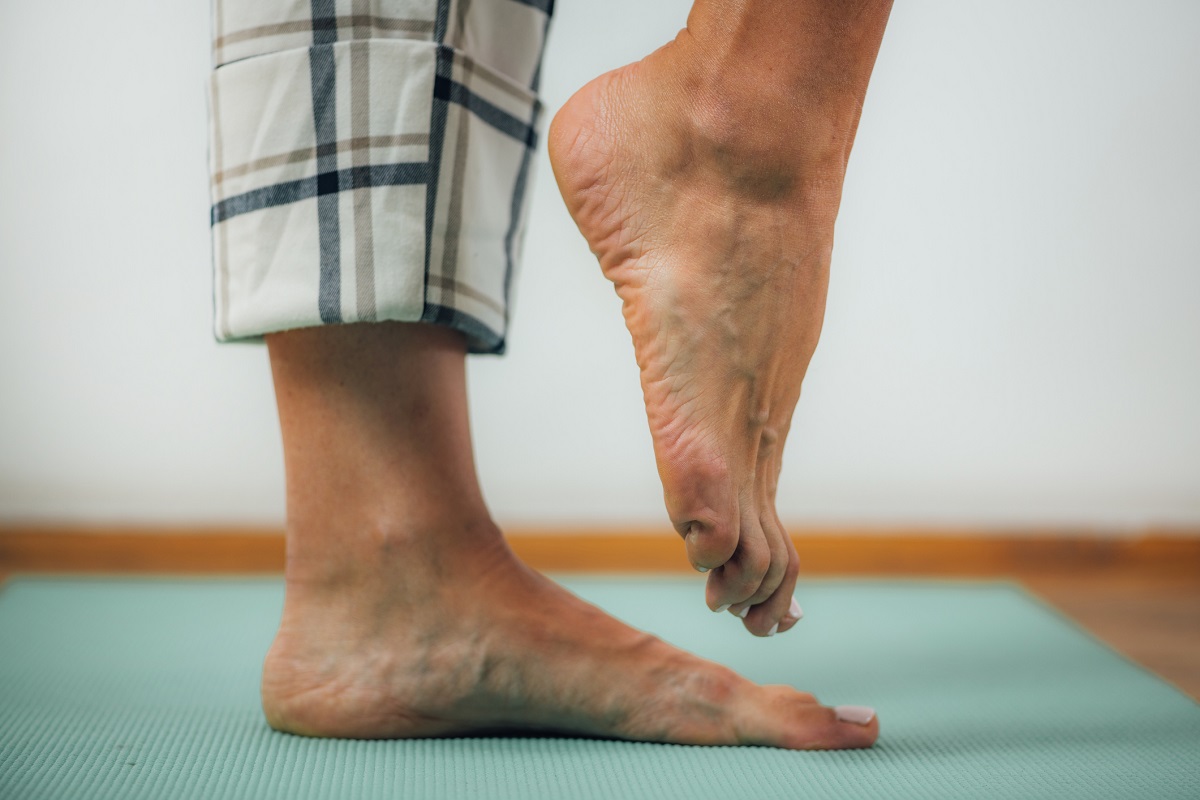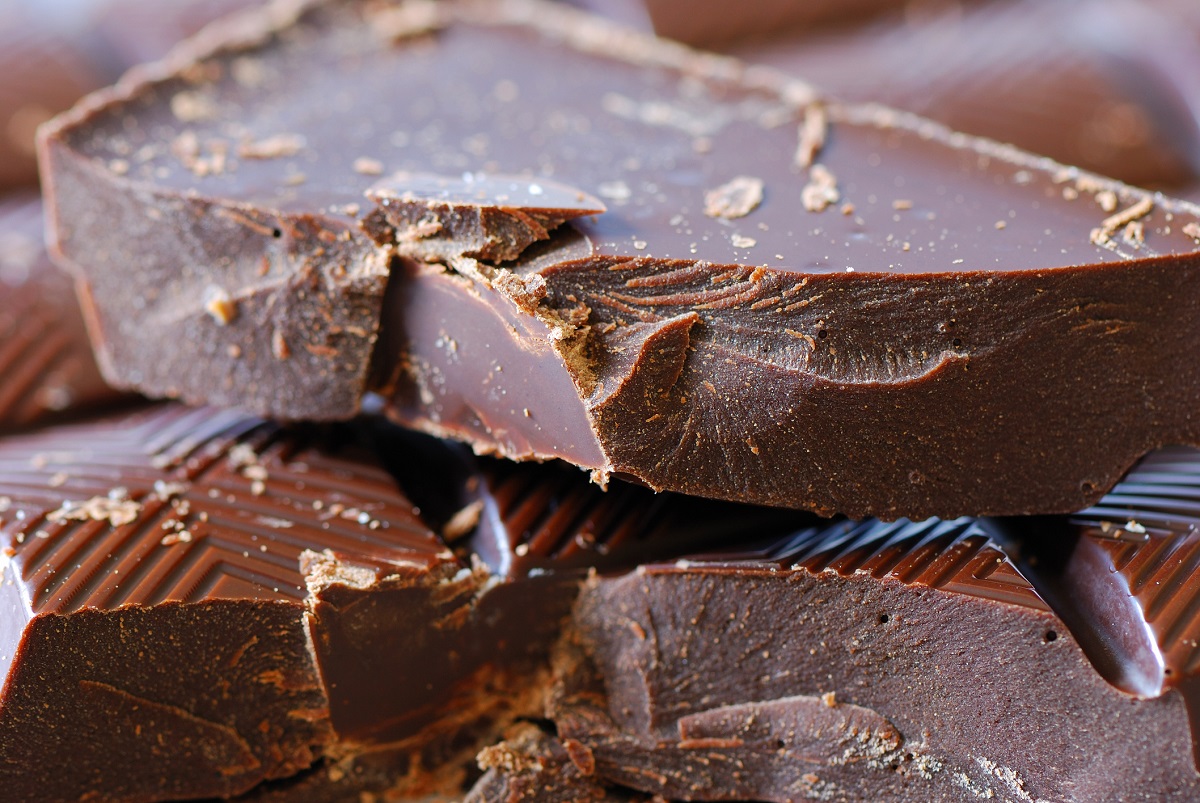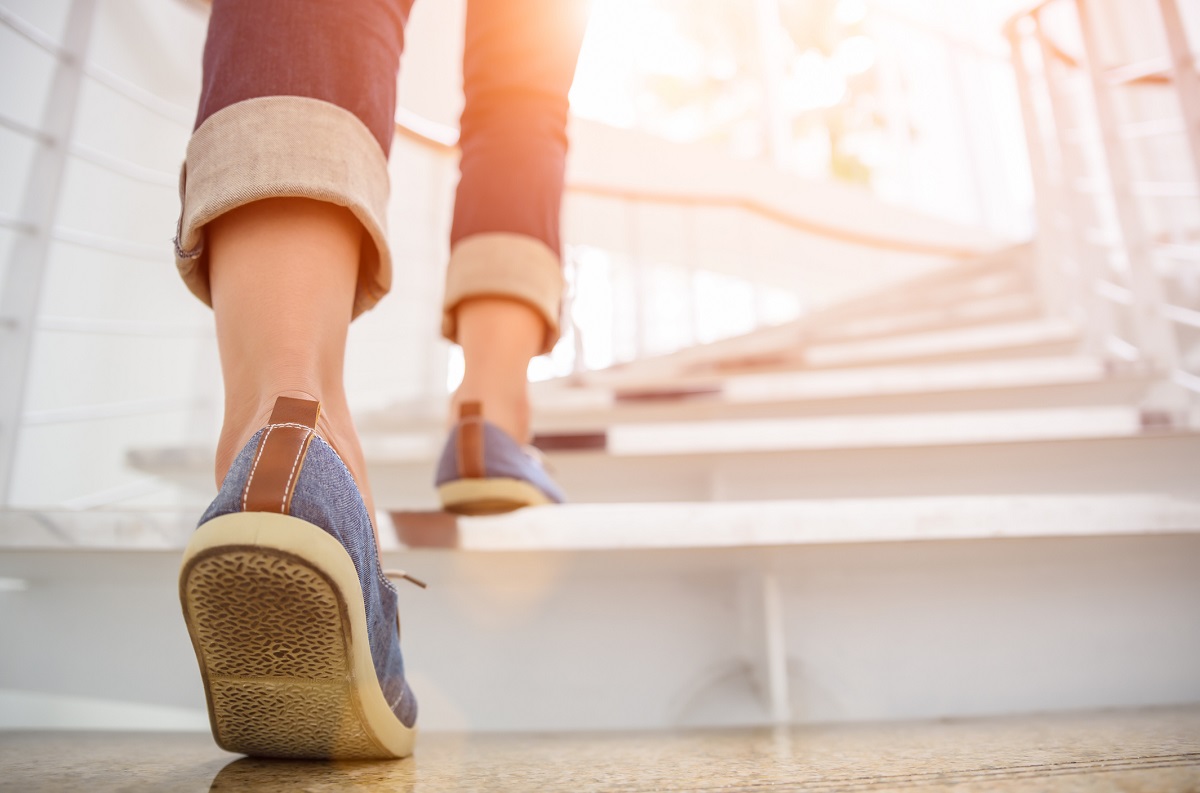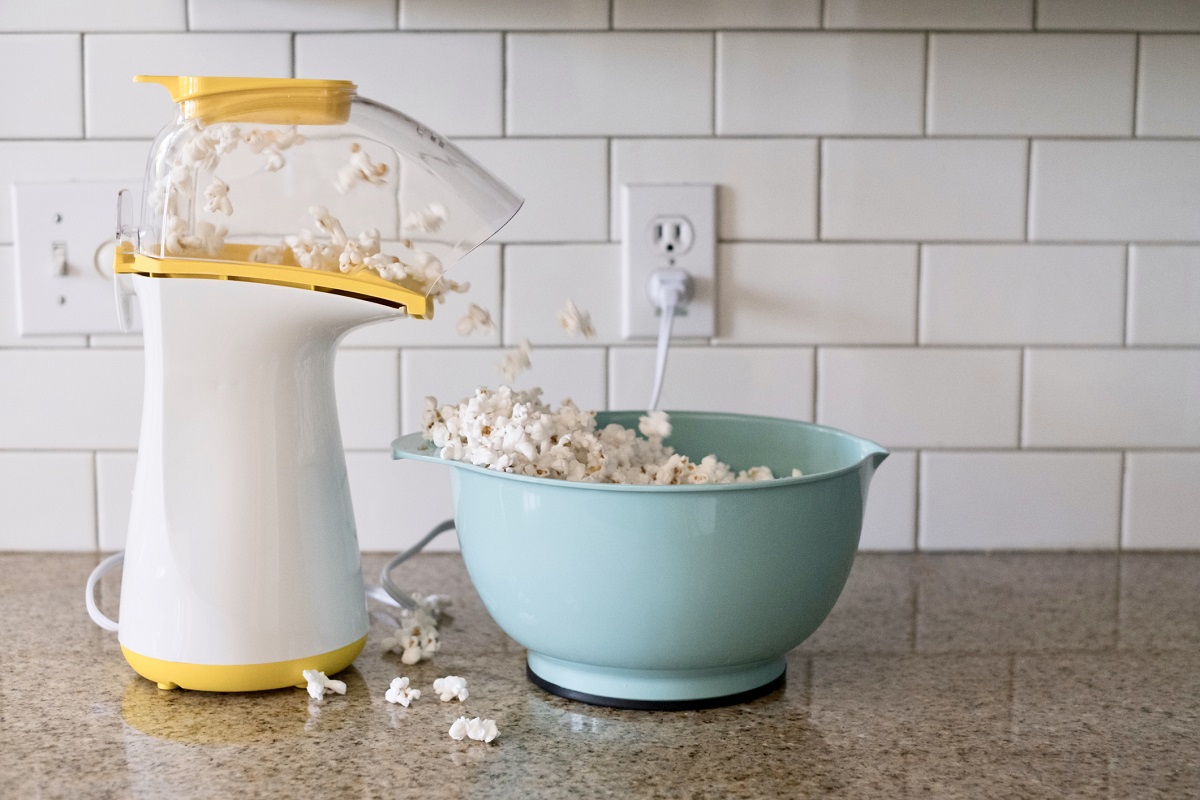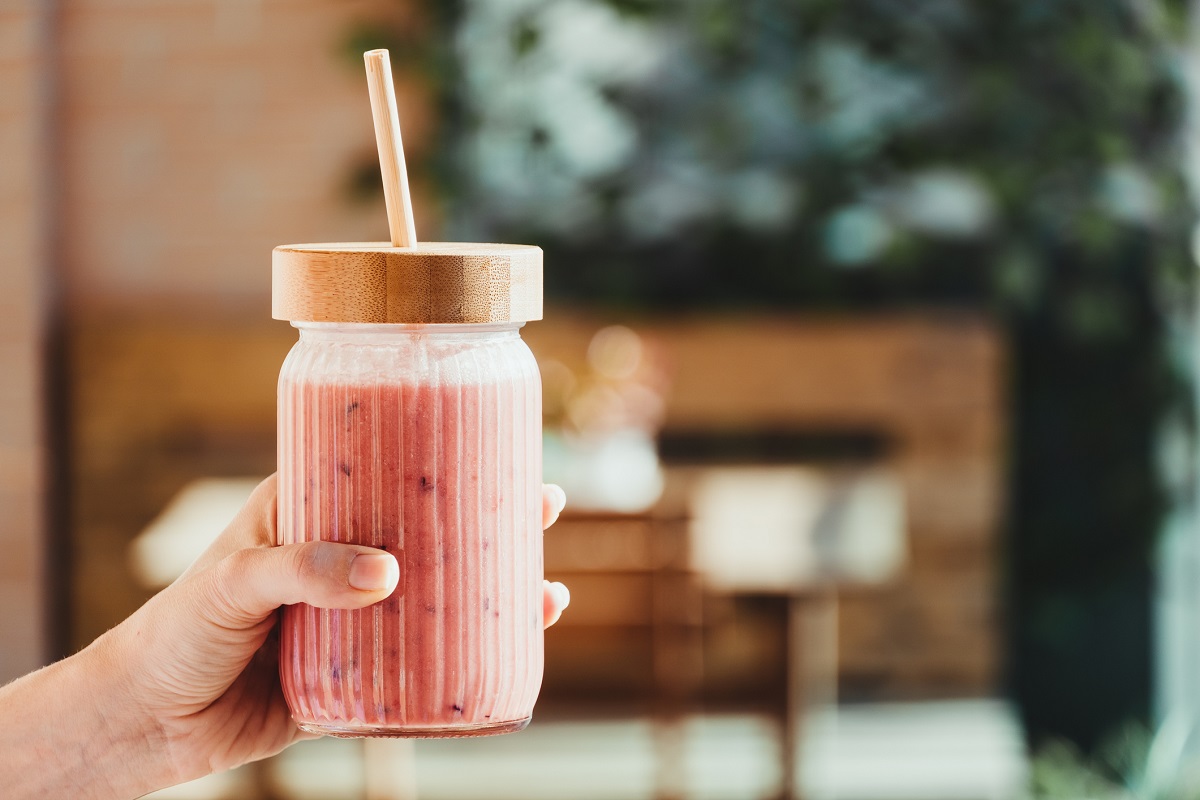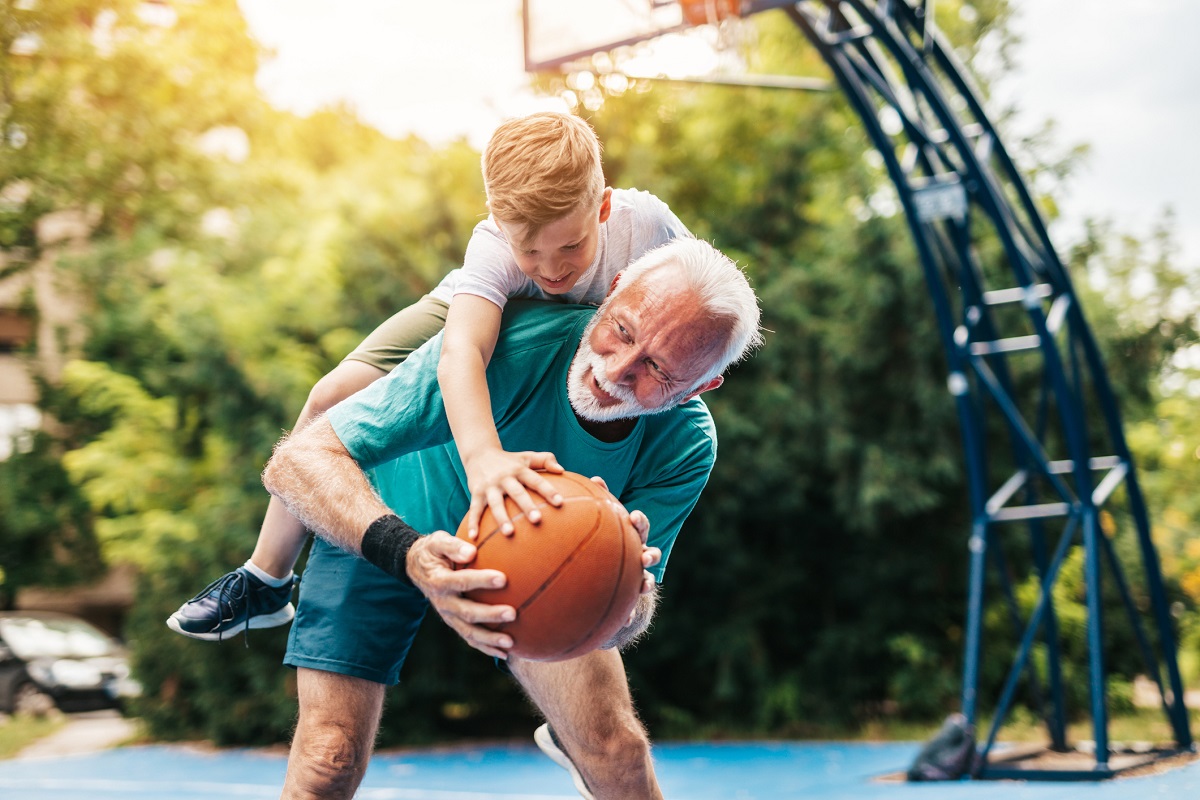The Medical Minute: Halloween edition ― three healthy tricks, three healthy treats

Trick or treat?
How about both?
No, Penn State Health is not offering you miniature candy bars or planning to toilet-paper your trees. Instead, to mark this season of chills and tooth decay, this week’s Medical Minute offers something far less scary and a lot healthier.
First, the trick. It’s a life-hack. A little baby step you can take to improve your overall health.
And the treat is a healthy way to reward yourself. Maybe that sounds like we’re that lame house on your block giving away toothbrushes during trick-or-treat this Halloween – but these treats might surprise you.
For help handling our holiday candy dish, we turned to Dr. John Messmer, medical director at Penn State Health Medical Group ― Palmyra.
Ready for some tricks and treats?
Here, take three. They’re small.
Trick No. 1: Get dressed standing up. Raise one leg at a time toweling off.
“Good balance is essential ― especially for those of us over 60,” Messmer said. “When dressing, stand to put on trousers and socks instead of sitting on the bed or chair. And when drying off after a shower, stand and lift one leg at a time to dry it off, rather than sitting or leaning over.”
Balance here is the key, Messmer said. As people age, they can lose their balance, which, coupled with problems like osteoporosis, can lead to serious injury.
“People would be surprised,” he said. “Take one minute a day. Even if you have to grab onto something because you can’t balance. Eventually, your balance will get better and better.”
Treat No 1: An ounce of dark chocolate
“If you’re going to have a snack, it should not be a jelly donut,” Messmer said. “Even a cookie is not the best.”
Not that it’s always a bad thing to have a cookie or a donut on occasion, but dark chocolate – particularly if you find some with at least 60 percent cocoa – comes with health benefits. The American Heart Association, for example, notes dark chocolate is high in flavonoids, including a subgroup called flavanols, which are associated with lowering the risk of heart disease.
“But I wouldn’t do it for health reasons,” Messmer said. “It’s a little reward. It’s not as harmful as having a caramel or some other sugary snack.”
Trick No. 2: Take the stairs
Try this – when going down, walk up one stair and down two, Messmer said. “My suggestion is walk up three, four or five, depending on your current fitness and ability,” he said, “and walk down five, six or seven.”
The activity not only helps with cardiovascular help, “it strengthens quadriceps muscles,” he said. “Those are the muscles you use to stay upright.”
Treat No. 2: Two cups of popcorn
Spice it up. Season it with herbs. Garlic salt. Messmer suggests butter buds, or his personal favorite – a collection of Mediterranean spices.
Air-popped popcorn is better for you than microwave varieties – which can be higher in fat and sodium.
“It’s not that bad for you,” he said. “There are not that many calories. They do have some saturated fats in them.”
But that’s OK – this is a treat, after all.
Trick No. 3: Have a simple morning smoothie
“We all know fruit and vegetables are important,” Messmer said. “A quick smoothie can be a nutritious start of the day.”
You don’t have to get too fancy. In a blender, combine a few berries, such as strawberries, blueberries or blackberries. Add a scoop of protein powder, half cup of bran cereal, some skim milk and blend. “You can drink it with a big straw on the way to work,” Messmer said.
Treat No. 3: Improved energy and balance is its own reward
OK, we aren’t copping out on your last treat. Far from it, in fact. “You get people in the office all the time, they don’t move,” Messmer said. “It can be hard to get up in the morning.”
People who make changes and become more active find they can do what they couldn’t before – have fun with their grandchildren or walk around the grocery store for instance.
“It allows you to do the things you feel like you can’t do,” he said. “Now you can do it. That’s a reward.”
Related content:
- The (Monster) Medical Minute: Is horror healthy?
- The Medical Minute: Separating trick-or-treat myths from facts
The Medical Minute is a weekly health news feature produced by Penn State Health. Articles feature the expertise of faculty, physicians and staff, and are designed to offer timely, relevant health information of interest to a broad audience.
If you're having trouble accessing this content, or would like it in another format, please email Penn State Health Marketing & Communications.

